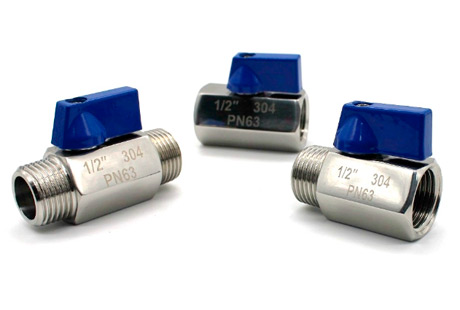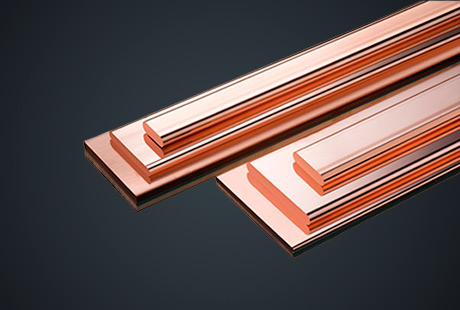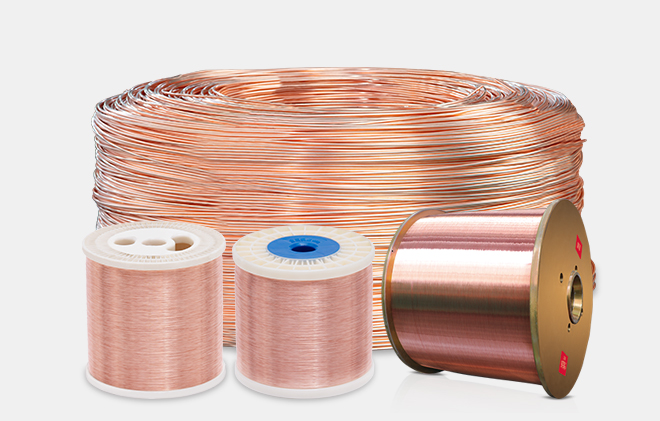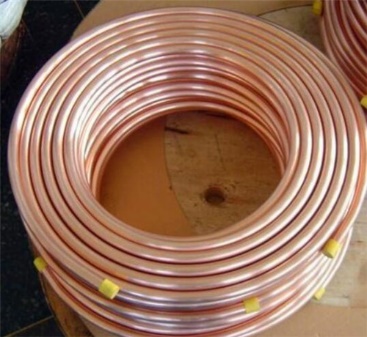In today's technological era, electrical systems play a crucial role in various industries. To ensure optimal performance and longevity, manufacturers use innovative methods like tin plating copper bus bars. This blog will delve into the manufacturing process and techniques involved in achieving the highest standards of functionality and reliability.
The Importance of Tin-Plated Copper Bus Bars
Copper is widely used in electrical applications due to its excellent conductivity and corrosion resistance. However, when subjected to harsh operating conditions, copper can oxidize and degrade over time, resulting in poor electrical conductivity and reduced longevity. Jintian has earned a reputation as one of the proficient and trustworthy tinned copper busbar suppliers in the market, demonstrating a dedication to delivering top-notch quality.
Understanding the Manufacturing Process
The manufacturing process for tin-plated copper bus bars involves several intricate steps. Let's explore each of these stages in detail:
Surface Preparation
Before tin plating, the copper bus bars must undergo thorough cleaning to eliminate any contaminants such as grease, dirt, or oxides. This is generally achieved through a combination of mechanical methods like polishing, abrasive cleaning, and chemical techniques such as degreasing and acid cleaning.
Acid Activation
To enhance the surface for tin deposition, the copper bus bars are treated with an acid solution for a brief period. This activation process removes any residual oxides and sensitizes the copper surface, allowing for better adhesion of the tin coating.
Tin Plating
The actual tin plating process involves immersing the prepared copper bus bars into an electrolytic bath containing a tin salt solution. An electric current is then applied to initiate the electroplating process. The controlled deposition of tin atoms onto the copper surface ensures uniform coverage and adherence. Parameters such as plating time, current density, and bath composition are carefully monitored to achieve the desired thickness and quality of the tin coating.
Techniques for Tin-Plated Copper Bus Bars
To ensure a high-quality tin plating on copper bus bars, manufacturers employ various techniques. Some essential techniques include:
Electrolytic Plating
This is the most common method employed, using an electrical current to deposit the tin coating. It allows for precise control over the plating thickness, ensuring a uniform layer across the entire surface area of the bus bar.
Hot-dip Tin Coating
In this technique, the copper bus bars are dipped into a molten tin bath. The high temperatures facilitate the bonding of the tin to the copper surface, creating a durable and corrosion-resistant tin coating.
Electroless Plating
Electroless tin plating is a chemical process that does not require an electrical current. It involves the application of a reducing agent to the copper surface, which triggers the deposition of tin atoms. This technique is employed when the copper bus bars possess complex designs or when thicker coatings are required.
Advantages of Tin-Plated Copper Bus Bars
Tin plating copper bus bars offer numerous advantages essential in electrical applications:
Corrosion Resistance: The tin coating acts as a barrier, preventing corrosion and oxidation of the underlying copper surface, thereby extending the bus bar's lifespan.
Enhanced Conductivity: Tin is an excellent conductor of electricity, providing efficient current flow in electrical systems.
Solderability: Tin plating facilitates easy soldering of components onto the bus bars, ensuring secure electrical connections.
The manufacturing process and techniques involved in tin plating copper bus bars are critical to achieving high-performance electrical systems. With its corrosion resistance, enhanced conductivity, and solderability, tin plated copper bus bars offer a reliable solution for various industries. By understanding the importance and benefits associated with this innovative technique, manufacturers can ensure the optimal functionality and longevity of electrical systems.

 English
English 日本語
日本語 한국어
한국어 français
français Deutsch
Deutsch Español
Español italiano
italiano العربية
العربية tiếng việt
tiếng việt Türkçe
Türkçe ไทย
ไทย 中文
中文





